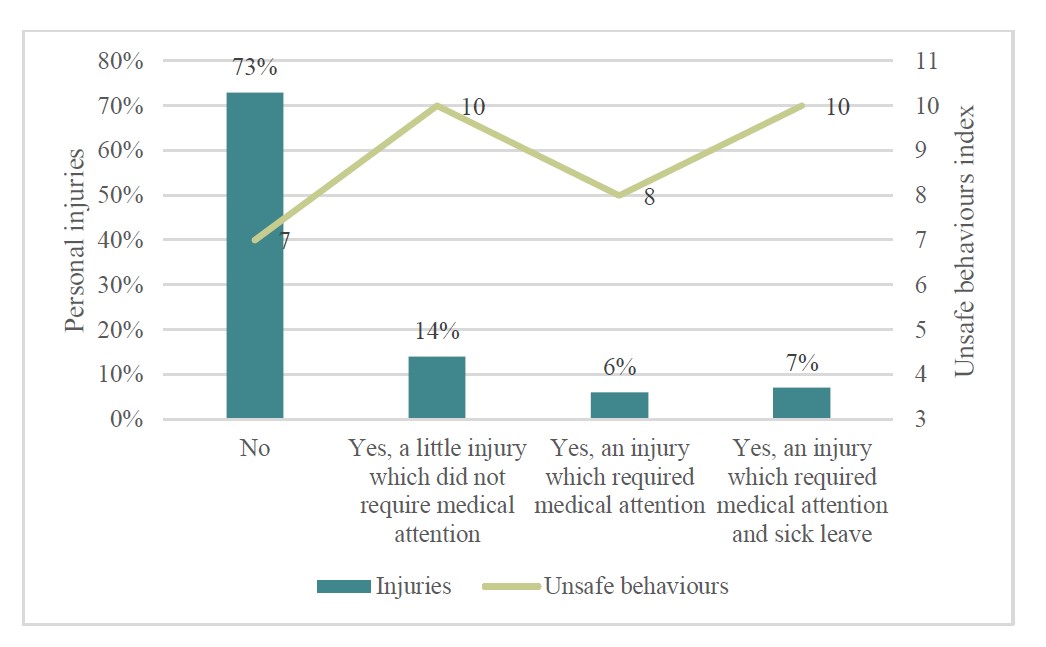
Seafaring is among the most hazardous occupations, and more knowledge is needed to inform preventive measures. One way of developing such knowledge is to compare different sub-sectors, to shed light on factors influencing occupational safety. Previous research has indicated a higher risk of serious occupational injuries in coastal cargo transport compared to passenger transport, hypothesizing that this could be due to the safety culture in coastal cargo transport. The aims of the present paper are to: 1) Compare organizational safety culture and working conditions in Norwegian cargo and passenger transport at sea and 2) Examine safety outcomes (safety behaviours and crewmember accidents) of safety culture and working conditions in the two sectors. The study is based on a small-scale survey to crewmembers on passenger vessels registered in the Norwegian Ship Register (NOR) (N=84) and NOR registered coastal cargo vessels (N=73). Results indicate that crew members in the coastal cargo sector experience more work pressure and that they rate their organizational safety culture as lower than respondents in the passenger transport sector. Moreover, results indicate that work pressure and poor organizational safety culture are closely related to unsafe working behaviours (violations, risk taking/acceptance), which in turn is associated with personal injuries on board. However, as a positive organizational safety culture is related to safer working behaviours, future research should examine how organizational safety culture can be employed to reduce the impact of negative framework conditions in maritime transport on occupational safety.
| ID | pc270 |
| Presentation | |
| Full Text | |
| Tags | culture, intermodal transport, logistics, transport networks, transport terminals |













